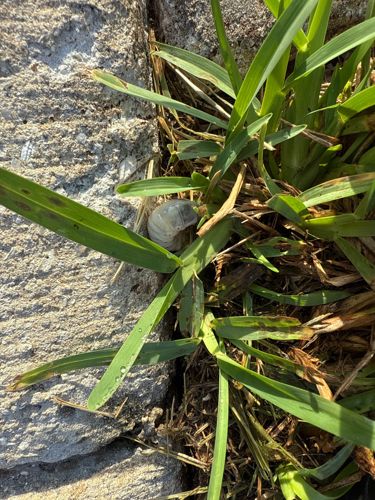Grub Worm (specifically a scarab beetle larva)
Scientific Name: Various species within the family Scarabaeidae (e.g., Popillia japonica (Japanese beetle), Cyclocephala borealis (Northern masked chafer), Ataenius spretulus (Black turfgrass ataenius))
Order & Family: Order: Coleoptera, Family: Scarabaeidae (Scarab Beetles), though exact genus/species cannot be determined from the larva alone.
Size: Typically 0.5 to 2 inches (1.27 to 5 cm) in length, depending on the species and larval instar.

Natural Habitat
Found in soil, especially in lawns, gardens, and agricultural fields where they can access plant roots.
Diet & Feeding
Mainly feeds on the roots of grasses, plants, and sometimes decaying organic matter in the soil.
Behavior Patterns
Grub worms are the larval stage of various beetles. They spend most of their lives (1 to 3 years depending on the species) underground, feeding on plant roots. They are C-shaped and typically found curled up when unearthed. They pupate in the soil and then emerge as adult beetles.
Risks & Benefits
Risks: Can cause significant damage to lawns, golf courses, and crops by feeding on roots, leading to brown patches and dead plants. Benefits: As adults, some species can be pollinators. The larvae serve as a food source for birds and other animals.
Identified on: 8/30/2025